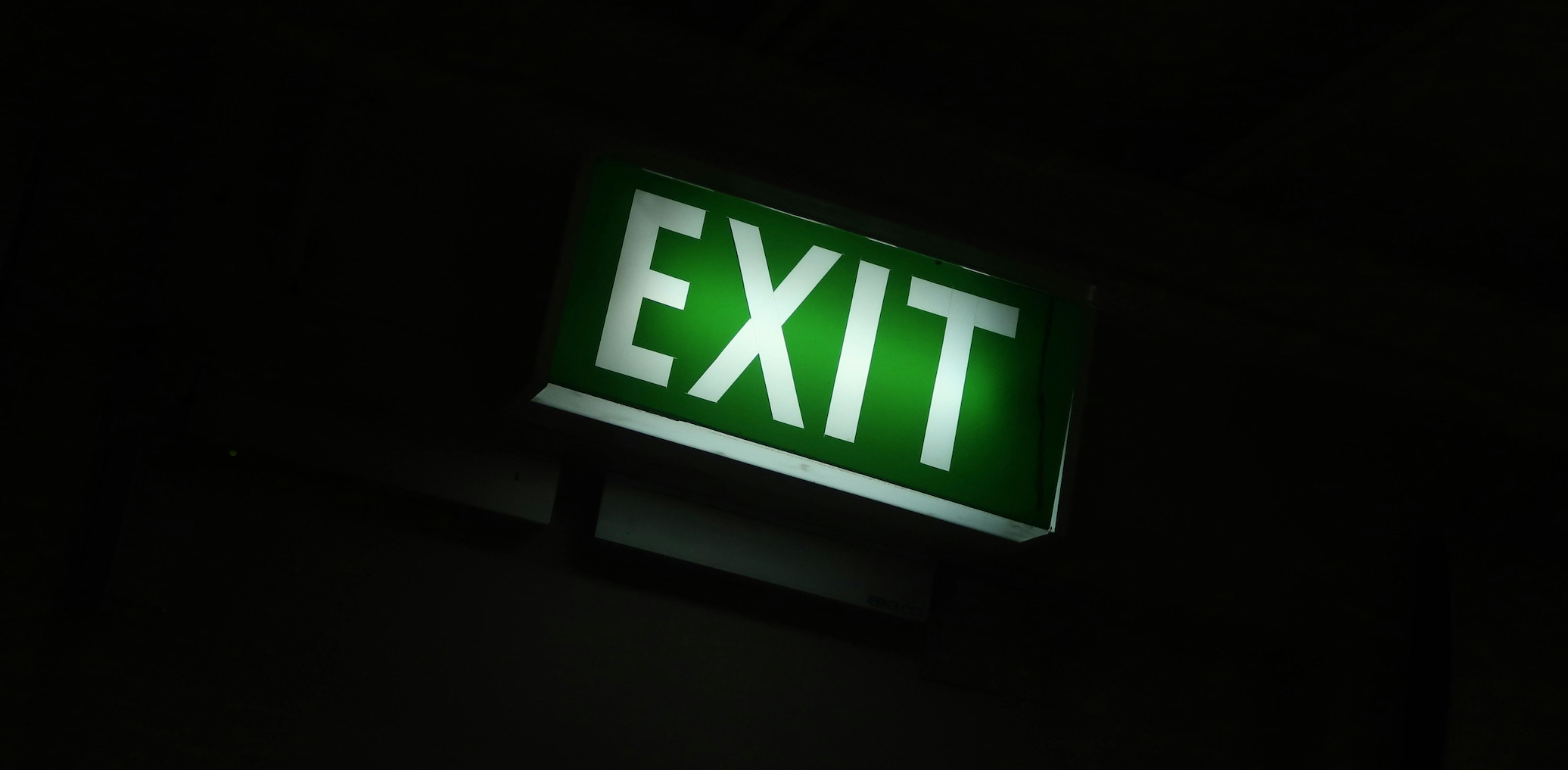Written by: Meera Pandit and Kerry Craig
Private equity (PE) has been surprisingly resilient throughout the Fed hiking cycle. In 2022, PE only declined by 2%, but is now 3.2% higher than the end of 2021, compared to U.S. small cap stocks, which were 7% lower. The sturdiness of returns was driven by a healthy U.S. economy and corporate profits, which have also supported valuations. PE multiples have held up reasonably well too, although have recently declined due to the impact of higher rates and more expensive debt financing.
However, what has struggled is PE deal and exit activity, given last year’s economic uncertainty and an overallocation to alternatives in 2022 and into 2023 when public market valuations collapsed but alternatives did not. This year, deal activity is expected to increase with the better economic outlook, the expectation of lower rates, and improved access to debt financing. This may entice sellers to return; however, it may also potentially lead to lower multiples as lower quality deals are brought to market.
Muted exit activity has been surprising as public equity markets repeatedly reach all-time highs this year, valuations rise, and earnings expectations improve. Initial Public Offering (IPO) activity collapsed in 2022 and 2023 and mergers and acquisitions activity remains muted. This year, high-profile IPOs have piqued investor interest, there may be a better balance between buyers and sellers, and public market momentum is supportive. While exit activity may improve off the lows, there is no expectation of a surge in exits either. In addition, central bank easing is expected to be very modest, discouraging the higher levels of activity in the past fuelled by ultra-low interest rates.
Without a forceful rebound in many of the traditional exit avenues, the secondary market, which allows investors to sell existing investments to another buyer, will likely be a critical valve to provide investors with liquidity to rebalance portfolios or replace missed capital distributions. The increased activity in the secondary market has led to an improvement in pricing, but buyout secondary pricing is trading at 91% of net asset value. In addition, investors benefit from J-curve mitigation as capital is put to work immediately.
Secondaries have grown in popularity and are likely to continue to given significant dry powder on the sidelines, but deal selection is important. Smaller and mid-market deals are likely to have higher growth potential, depend less on leverage, and have broader eventual exit opportunities, offering compelling opportunities to investors.
Private equity exits by type
USD billions
Source: PitchBook, J.P. Morgan Asset Management. Private equity exit data is as of December 31, 2023.
Related: Analyzing Investment Outlook Amidst Escalating Conflict in the Middle East




